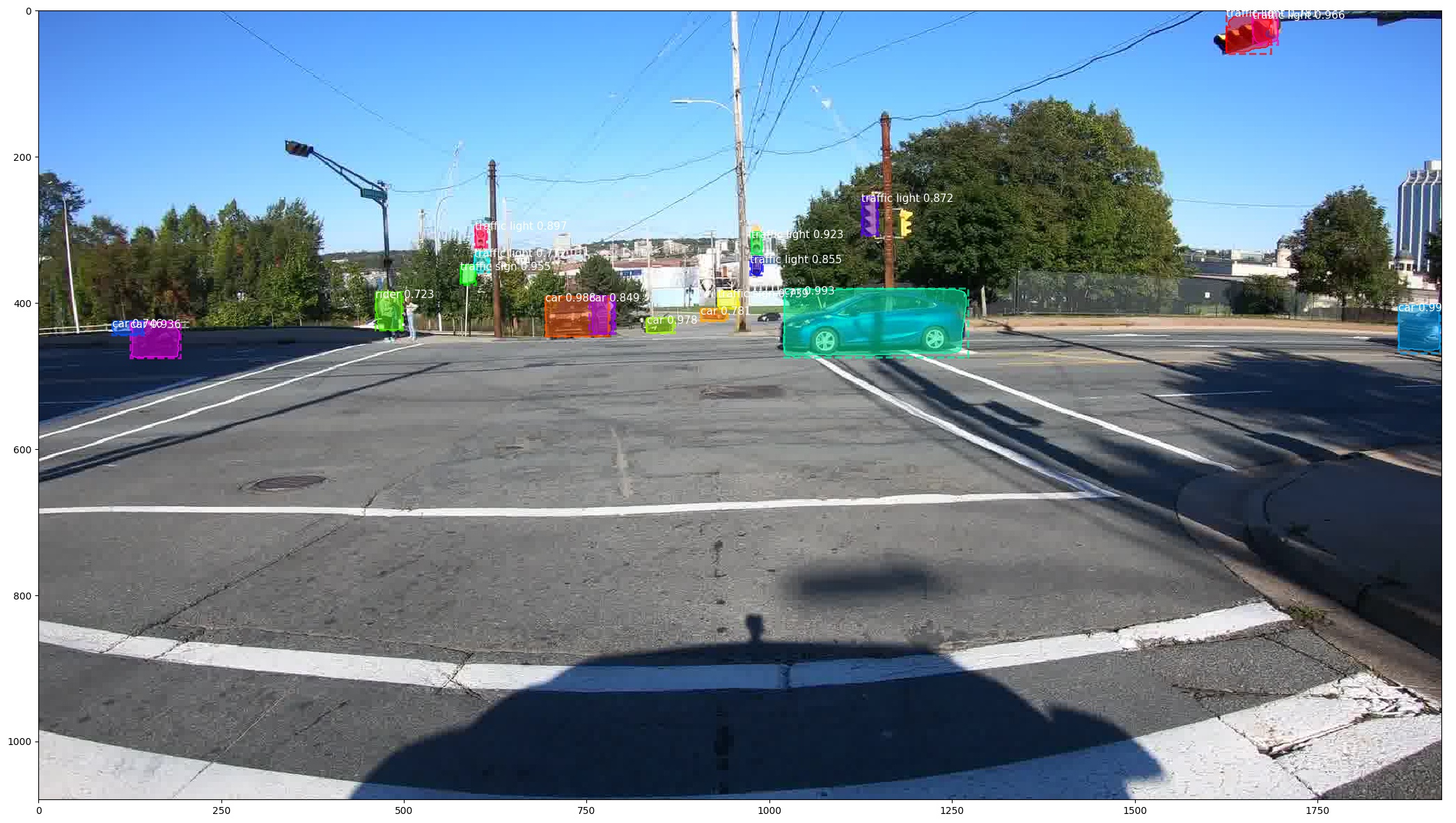Utilize bdd100k dataset and mask r-cnn to detect and recognize objects for self driving cars
This is an implementation of Mask R-CNN on Python 3, Keras, and TensorFlow. The model generates bounding boxes and segmentation masks for each instance of an object in the image. It's based on Feature Pyramid Network (FPN) and a ResNet101 backbone.
The repository includes:
- Source code of Mask R-CNN built on FPN and ResNet101.
- Training code for BDD100k
- Pre-trained weights for BDD100K
- Jupyter notebooks to visualize the detection pipeline at every step
- Parallel Model class for multi-GPU training
The code is based on Matterport's Mask_RCNN.
-
demo.ipynb Is the easiest way to start. It shows an example of using a model pre-trained on BDD100k to segment objects in your own images. It includes code to run object detection and instance segmentation on arbitrary images.
-
(model.py, utils.py, config.py): These files contain the main Mask RCNN implementation.
-
inspect_data.ipynb. This notebook visualizes the different pre-processing steps to prepare the training data.
-
inspect_model.ipynb This notebook goes in depth into the steps performed to detect and segment objects. It provides visualizations of every step of the pipeline.
-
inspect_weights.ipynb This notebooks inspects the weights of a trained model and looks for anomalies and odd patterns.
I'll be providing pre-trained weights for BDD100k to make it easier to start. You can use those weights as a starting point to train your own variation on the network.
- Download BDD100k
- Clone Toolkit to Use BDD Dataset
- Using bdd2coco.py convert bdd dataset into coco format
- Training and evaluation code is in
object_detection/perception.py. You can import this module in Jupyter notebook (see the provided notebooks for examples) or you can run it directly from the command line as such:
